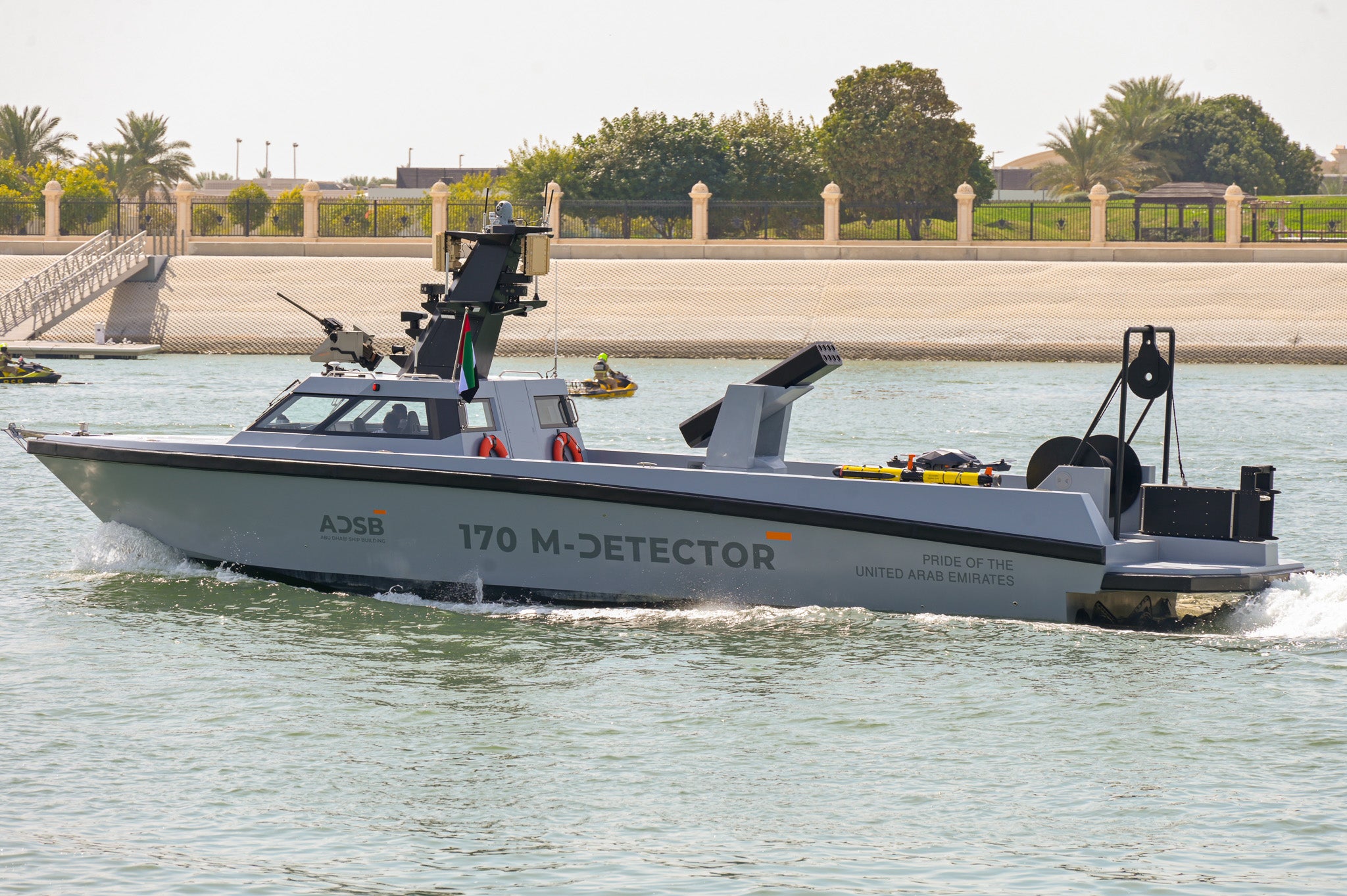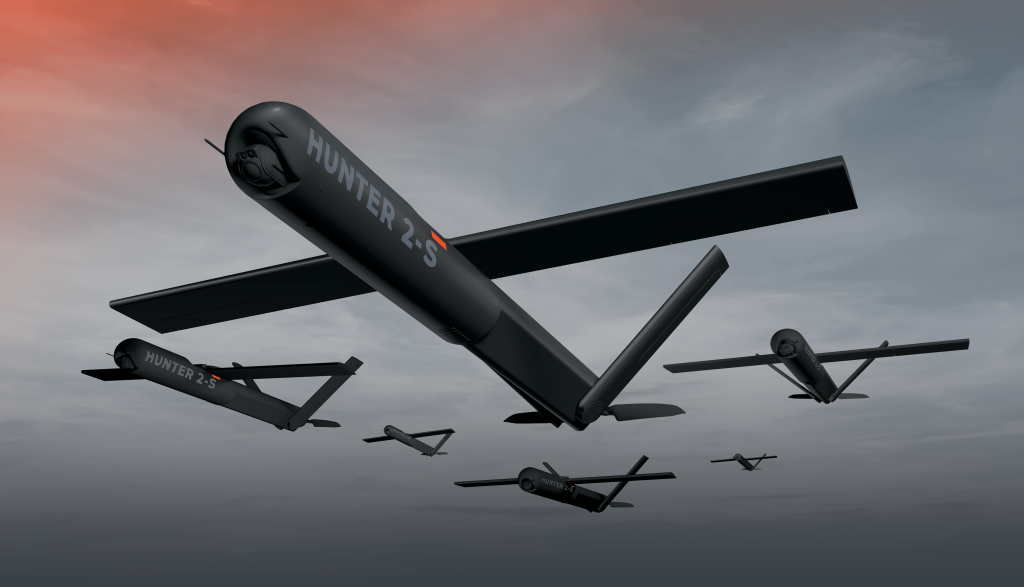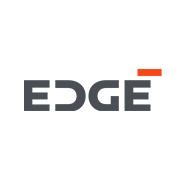
Tremendous advances have been made in the last decade in developing autonomous technologies, as evidenced by the proliferation of a variety of unmanned systems: air, ground, sea, and undersea vehicles. These systems have the potential to revolutionise modern warfare by offering increased efficiency, speed, and safety for military operations. Playing a critical role in areas such as surveillance, reconnaissance, and logistics, their prominence is only expected to rise in the coming years.
Since its inception in 2019, EDGE has developed more than 80 new products, expanded its global footprint in 30 countries across 5 continents, and signed more than 20 major export deals. Characterised by its ambition to adopt innovation and emerging capabilities, EDGE is now known around the world as a company that delivers advanced breakthrough products and services at hitherto unforeseen speed. With a clear focus on strengthening the country’s autonomous capabilities and investing heavily in artificial intelligence (AI), EDGE has reached new heights in autonomy, which is reflected in its evolving product portfolio:
Air
Designed to carry out a wide range of intelligence, surveillance, and reconnaissance (ISR) operations, GARMOOSHA is a UAE-made tactical unmanned aerial system (UAS) that can carry payloads of 120 kg with an endurance of 8 hours and range of 150 km.
Providing small ground units and special operations forces with significant situational awareness, the QX family makes use of artificial intelligence (AI) algorithms to target and strike, and has an aim accuracy similar to laser guided munitions. While QX-1 is a loitering munition, the QX-2 and QX-3 variants have the option of deploying precision-guided munitions from close range. QX-4 is a fixed-wing variant of the QX family, offering an extended endurance of up to 90 minutes.
Delivering high precision strike against fixed targets and advanced guidance capabilities, the SHADOW family of loitering unmanned aerial vehicles (UAV) carry heavier payloads and provide long range and high speed munitions, delivering precision strike against fixed targets.
The RASH family comprises fixed-wing guidance kits that can be attached to a standard mortar to convert it into a glider-based guided munition system.
For combat operations, JENIAH is an unmanned combat aerial vehicle (UCAV) with a substantial payload, extended range, and capable of operating at high speed.
With a payload of 500kg and a maximum range of 360km at a cruising speed of 120 km/h, AIRTRUCK is designed for strategic logistics support such as supplying troops in remote locations, medical evacuation, and reconnaissance.
Similarly, the HUNTER 2-S is a tube-launched swarming drone equipped with advanced AI technology. Integrated with a multipurpose warhead, HUNTER 2-S drones share information to perform coordinated surveillance and strike missions, track and maintain positions, autonomously identify targets and assign drones in the swarm to a target.

Land
Following the acquisition of a majority stake in Estonia-based Milrem Robotics, Europe’s leading developer of autonomous systems and robotics, EDGE added three cutting-edge unmanned ground vehicles (UGVs) to its product portfolio.
THeMIS Combat UGV provides high precision direct fire support for manoeuvre units and acts as a force multiplier, while THeMIS Observe UGV is built for tactical reconnaissance missions with a variety of sensors for day and night operations. Serving as a wingman to mechanised units, Type X Robotic Combat Vehicle (RCV) is rapidly deployable alongside traditional infantry fighting vehicles (IFVs) to provide overmatching firepower and tactical usage on the battlefield.
EDGE also launched an 8×8 Robotic Combat Vehicle (RCV) concept, NIMR RCV, which is built for tactical mobility, high performance, maneuverability, and speed with a hybrid diesel-electric power train.
The AJBAN 440 armed robotic vehicle (AJBAN ARV) also provides a rapidly deployable platform for last mile delivery and can be fitted with a remote-controlled weapon station (RCWS) armed with a 12.7mm heavy machine gun.
Sea
Although the maritime industry has been slower to embrace these technologies, the rising popularity of unmanned surface vehicles (USVs) and unmanned underwater vehicles (UUVs) is prompting an increase in demand and procurement from many navies and border security organisations around the world.
Designed for maritime ISR missions and underwater mine detection, the recently launched 170 M-Detector USV can be configured for manned or unmanned operations to perform a range of surface warfare, surveillance and mapping missions for naval and civilian forces. 17m in length, it can operate for 4 hours in silent electric propulsion mode or at speeds up to 40 knots in diesel mode.

